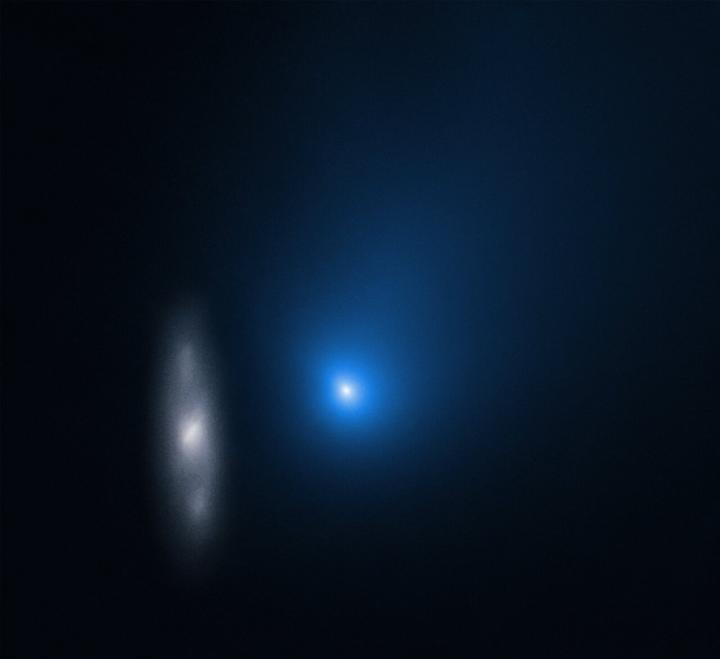
It was on August 30, 2019, that Gennady Borisov, an amateur astronomer discovered 2I/Borisov, an interstellar visitor that reached the solar system. Further analysis of the space body revealed that it is a comet, and it has a hyperbolic shaped orbit. Now, NASA has suggested the chemical composition of this alien space body is very unusual, and the gas around this interstellar body contained more carbon monoxide when compared to other comets.
Astonishing details about 2I/Borisov
Scientists who tried to analyze the chemical composition of 2I/Borisov found that the levels of carbon monoxide are between nine and 26 times higher than a usual comet in the solar system.
Stefanie Milam, a researcher at NASA's Goddard Space Flight Center revealed that this unusual nature of 2I/Borisov might be offering astonishing clues to its exact origin.
"The comet must have formed from material very rich in CO ice, which is only present at the lowest temperatures found in space, below minus 420 degrees Fahrenheit (minus 250 degrees Celsius)," said Milam in a recently issued statement.
Space experts believe that the high concentration of carbon monoxide in 2I/Borisov indicates that it may have formed in a different way than the comets present in the solar system.
Martin Cordiner, another NASA researcher suggested that this interstellar visitor might have come from a cold region in a larger protoplanetary disk, or rotating disk of dust and gas around a young star, where planets take their births.
"Many of these disks extend well beyond the region where our own comets are believed to have formed and contain large amounts of extremely cold gas and dust. It is possible that 2I/Borisov came from one of these larger disks," said Cordiner.
Is this interstellar comet an alien probe?
A few weeks back, during the annual meeting of the American Association for the Advancement of Science (AAAS), scientists at SETI revealed that 2I/Borisov did not show any signs that could connect it with an alien probe.
However, another study conducted by astronomers at the National Astronomical Observatory of Japan (NAOJ) had suggested that outbound comets like 2I/Borisov may have an alien origin. Experts who took part in this study made this conclusion after analyzing the trajectory of this comet.









